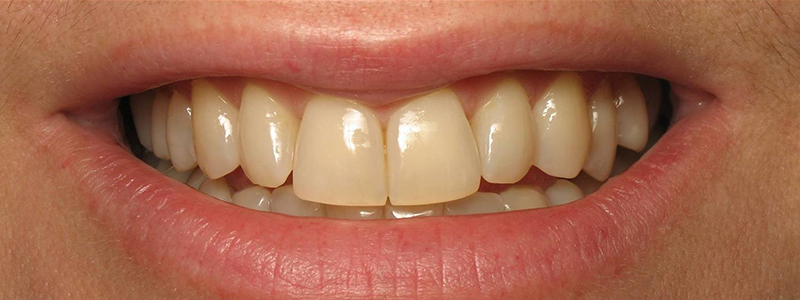DENTAL SEALANTS

Brushing and flossing are the most effective ways to prevent dental cavities, however routine brushing is sometimes not enough to clean all areas of your teeth .
There is a simpler way to keep cavities at bay by adding a barrier on your teeth known as a Dental sealant.
Dental Sealants are thin, protective covering that bonds to the biting surface of your back teeth. Sealants are pain-free and a safe way to prevent your teeth from rotting.
The sealant forms a hard safeguard that holds food and microscopic organisms back from getting into the little pit and fissures of the teeth and preventing decay.
There is no substitute for brushing and flossing, but they can keep cavities at bay and may hamper their advancement.
Why you should opt for Dental Sealants
Scientific Proof proposes that sealants are successful in prevention of caries in kids and teenagers contrasted with no sealants. Pit and crevice sealants are a protected and successful method for precautions against dental caries and ought to be considered by every parent for their child’s preventive oral health. Sealants generally keep going for a long time, however your dental specialist will need to check them routinely to ensure that the seal is as yet flawless.
1. How Do Sealants Work?
Consider them as waterproof shells for your teeth. When the cavity causing microbes that live in everybody’s mouth meet extra food particles, they produce acids that can make cavities in the teeth. Once the sealant is applied to the teeth, it keeps those pieces of food out and prevents microscopic organisms and acidic substances from being deposited on your teeth—very much like a waterproof shell that keeps you spotless and dry during a rain.
2. Who Can Get Sealants?
Youngsters and grown-ups can profit from sealants, yet the sooner you get them, the better. When your molars show up around age 6, and second molars get through around age 12,fixing these teeth when they come through can keep them free from cavities from the beginning, which leads to complete oral well being.
3. How Are Sealants Applied?
It’s a fast and easy method wherein our dental specialist will clean and dry your tooth prior to putting an acidic gel on your teeth. This gel perforates your tooth surface so a solid bond will shape between your tooth and the sealant. Following this step, your dental specialist will flush off the gel and dry your tooth prior to applying the sealant onto the sections of your tooth. Your dental specialist will then, at that point, utilize a special light to solidify the sealant.
4. Can sealants be applied Over Cavities?
Sealants can be applied over spaces showing signs of early decay and prevent any further harm to your tooth. Since certain sealants are clear, your dental specialist can watch out for the tooth to ensure the sealant is taking care of its business.
5. Are There Any Side Effects?
Except for a sensitivity that might exist, there are no known secondary effects from sealants.
6. How Long Do Sealants Last?
Sealants will keep going for a long time before they need to be reapplied. During your standard dental visit, your dental specialist will actually take a look at the state of the sealant and can reapply them on a case by case basis.
Benefits of Dental Sealants for your teeth
Dental sealants work to cover and seal the thin grooves and hollows, preventing even the most unsafe microorganisms from harming your tooth. The size and depth of the hollows and furrows in your kid’s teeth will decide if the need for sealants is of utmost importance. These sealants are ordinarily applied on the molars and premolars at the rear of the mouth, as these are the teeth that most often foster surface anomalies. Sealants act to prevent oral bacteria from growing in the mouth and thereby prevent cavities.
COMPOSITE RESTORATION TYPE A: PIT AND FISSURE SEALENT = NPR 3500

BOOK AN APPOINTMENT






